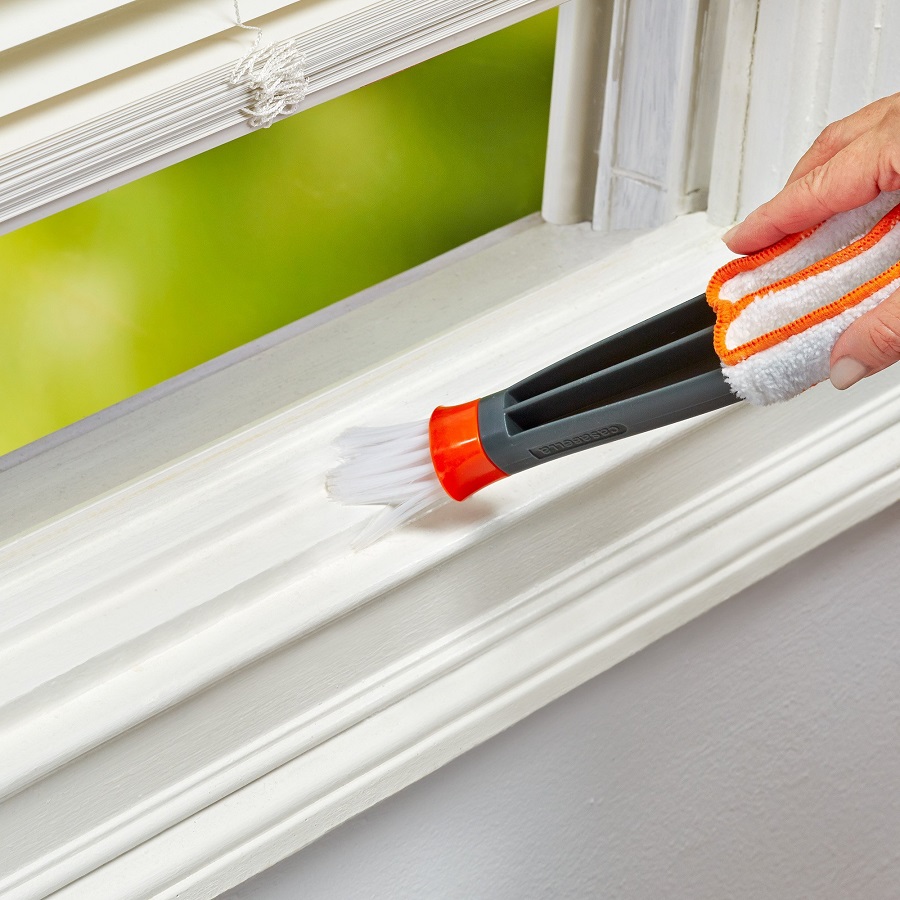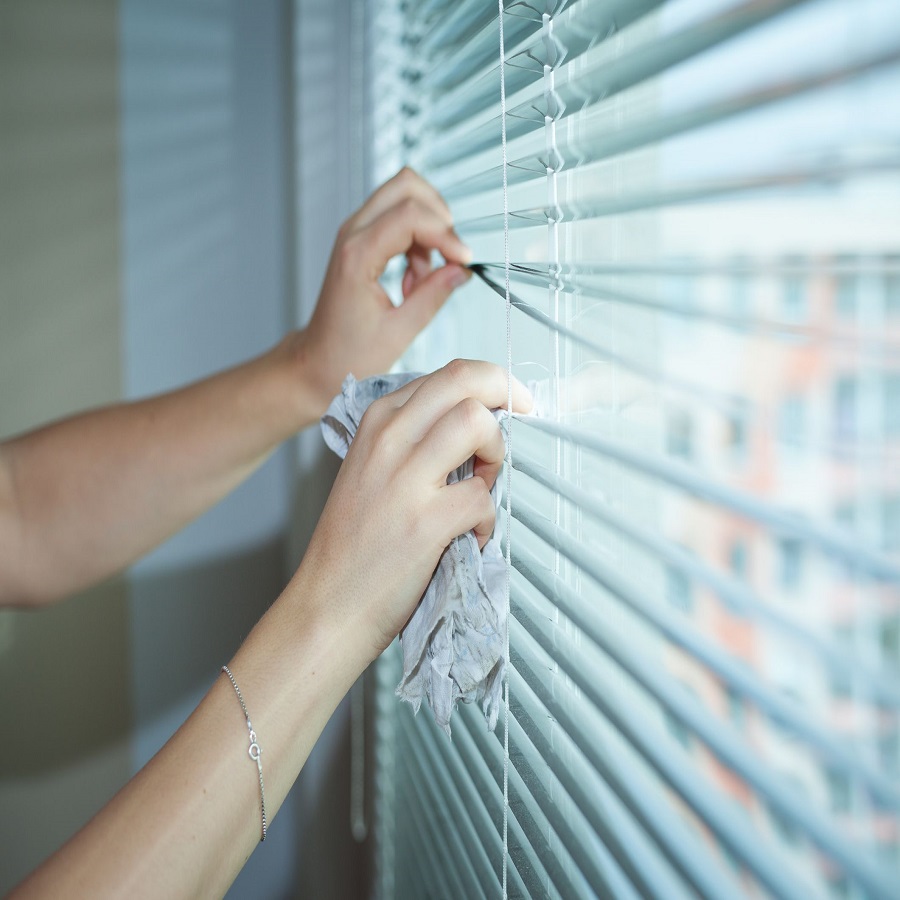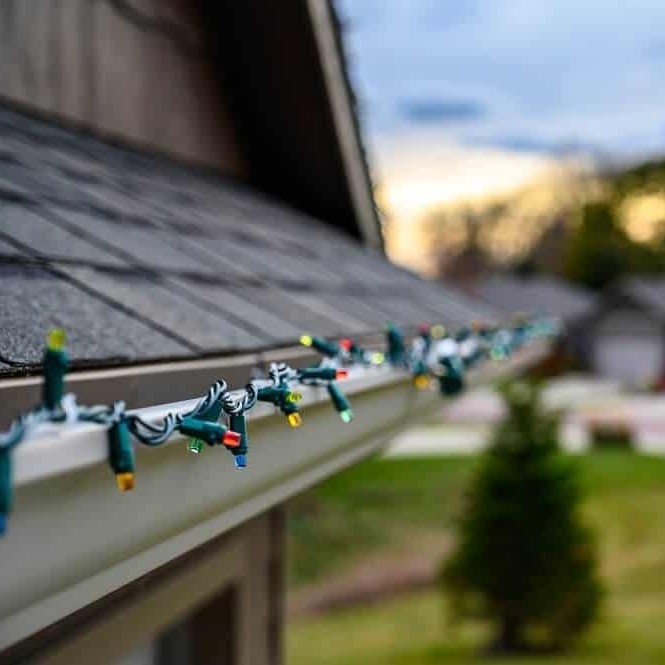Introduction to Window Blinds Maintenance
Maintaining window blinds is key for their longevity and appearance. Regular cleaning not only enhances their look but also helps in improving the indoor air quality by reducing dust and allergens. Cleaning blinds can seem like a daunting task, but with the right techniques, it can be simple and quick. Starting with the correct understanding of the material and the suitable method for each blind type is crucial. Whether it’s Venetian, roller, Roman, or vertical blinds, each has its own cleaning needs that we should respect to avoid damage. In this section, we’ll explore the basics of window blinds maintenance, from identifying the type of blinds you have to selecting the proper cleaning supplies. Let’s dive into making sure our window coverings continue to provide both function and beauty for our homes.

Types of Window Blinds and Their Cleaning Needs
Proper care for window blinds ensures durability and a dust-free home environment. Different blinds need unique cleaning approaches due to their materials and designs. We’ll discuss the cleaning process for Venetian, roller, Roman, and vertical blinds. This section guides you through the appropriate cleaning methods for these common types of blinds.
Understanding Venetian Blinds Cleaning Process
Venetian blinds, made from materials like wood, vinyl, or aluminum, require regular dusting. Use a microfiber cloth or a vacuum with a brush attachment to clean the slats. For tougher grime, a damp cloth with a mild cleaning solution works well. Remember to clean both sides of the slats and avoid harsh chemicals that could damage the material.
The Right Approach for Roller Blinds Maintenance
Roller blinds come in waterproof vinyl and fabric variations. Vacuum with a soft brush attachment for light dust or wipe with a damp microfiber cloth for dirt. Fabric blinds may need a gentle spot treatment with a mild detergent for stains. Always allow the blinds to dry completely before rolling them back up.
Tips for Cleaning Roman Blinds
To maintain the elegance of Roman blinds, regular light cleaning is essential. Use a vacuum cleaner with an upholstery tool to remove dust. For stains, lightly dab with a solution of water and mild detergent using a white cloth. Avoid rubbing to prevent the spread of the stain. Check the label for any specific cleaning instructions or if dry cleaning is required.
Methods for Keeping Vertical Blinds Clean
Vertical blinds can be either vinyl or fabric. For vinyl blinds, dust with a vacuum or wipe with a damp cloth. Fabric blinds should be vacuumed carefully to avoid unhooking the vanes. Spot clean any stains with a mild cleaner. Take care when cleaning to preserve the blinds’ integrity and shape.
By following these tailored approaches, you’ll keep your window blinds in top condition, prolonging their life and enhancing your home’s aesthetic.
Cleaning Supplies and Tools You’ll Need
Before you get started on tidying up your window blinds, gather the essential supplies and tools. Having the right equipment at hand will ensure you clean efficiently and effectively, protecting your blinds from damage. Here is a list of recommended items you should have:
- Microfiber cloths: These attract dust and can clean without leaving lint behind.
- Vacuum cleaner with brush attachment: This tool is perfect for gentle dust removal, especially for fabric blinds.
- Mild detergent: A gentle cleaner can help remove tougher stains without harming the blinds.
- Sponge or soft brush: Useful for scrubbing without causing scratches, especially on vinyl blinds.
- Warm water: For diluting the detergent and soaking blinds if necessary.
- White vinegar (optional): Acts as a natural cleaner for more thorough cleaning tasks.
- Bathtub or large basin: For soaking and rinsing blinds when required.
- Towels: To lay flat and air-dry the blinds after cleaning.
Keep these tools within reach before you begin your cleaning task for a smooth and hassle-free experience. Remember to use these supplies as advised for each type of blind to avoid damage.

Step-by-Step Cleaning Guide for Each Blind Type
Keeping blinds clean is simple with the right steps. We will go through each blind type and its cleaning process. Follow these methods for spotless blinds every time.
How to Clean Venetian Blinds
Start by closing the slats. Dust off using a microfiber cloth. For more dirt, use a cloth dampened with water and mild soap. Gently wipe each slat. Dry with another clean cloth. This method works for wood, vinyl, and aluminum blinds. Avoid using too much water on wood as it may damage them.
Maintaining Roller Blinds
First, fully unroll them. Gently vacuum with a brush attachment. For vinyl, use a slightly wet microfiber cloth for spots. If the material is fabric, test a small area with water and detergent. Pat stains lightly and let dry. Ensure they’re fully dry before rolling them back up to avoid mold.
Caring for Roman Blinds
Lower the blinds completely. Dust them with a vacuum cleaner’s upholstery tool. Treat light stains with water and detergent. Use a white cloth and dab gently. Heavy stains might need professional cleaning. Check the blinds’ label first for care instructions.
Cleaning Vertical Blinds Effectively
Clean vinyl blinds with a microfiber cloth or vacuum. For fabric ones, vacuum gently to avoid damage. Spot clean stains with a mild solution. Do not soak fabric blinds as they are harder to get back into shape. Always handle blinds with care to keep them looking great.
By following these simple steps, cleaning any type of window blinds becomes an easy task. Using the proper techniques ensures they stay in prime condition.
Professional Tips for Stubborn Stains and Grime
When traditional cleaning does not remove hard stains, turn to professional tips for effective solutions. To start, identify the material of your blinds. For vinyl and aluminum, a mild detergent and warm water mix can work wonders. Apply this solution with a soft sponge, moving gently across each slat. Be sure to rinse with a damp cloth to remove any soap residue.
For fabric blinds, avoid using too much liquid. Instead, use a stain remover spray designed for fabric. Apply it to the stain, then dab with a clean cloth. Repeat if needed. To protect your blinds, always test the cleaner on a small, hidden part.
Wood blinds need special care. If the stain persists after regular cleaning, use a wood cleaner. Apply with a soft cloth and rub into the wood grain. Finish by buffing with a dry cloth for shine.
In kitchens, blinds often collect grease. A degreasing agent can help here. Apply it sparingly and wipe with a microfiber cloth. For vertical blinds, remove each vane for thorough cleaning if necessary.
Remember to read the manufacturer’s instructions before using any new cleaning product. This will prevent damage and keep your blinds looking great. Lastly, clean regularly to make dealing with grime and stains easier over time.

Preventative Measures to Keep Blinds Cleaner for Longer
To keep your window blinds cleaner and reduce cleaning time, adopt some preventative measures. Doing this extends the life of your blinds and maintains their new look. Here are tips to prevent dust and grime build-up on your window blinds:
- Dust Regularly: Use a feather duster or microfiber cloth to remove dust at least once a week. This prevents dust from settling and hardening on the blinds.
- Ventilation: Good airflow helps to reduce dust accumulation. Keep windows open when possible to allow fresh air to circulate.
- Use Anti-Static Spray: Spraying a light coat of anti-static spray on the blinds can repel dust particles.
- Immediate Spot Cleaning: Deal with spills or stains immediately to prevent permanent marks. Use a mild cleaner and a soft cloth for on-the-spot cleaning.
- Avoid Smoking Indoors: Smoke can leave a sticky residue that attracts dust. Keep smoking to outdoor areas to protect your blinds.
- Protect from Pets: If you have pets, groom them regularly to lessen hair and dander that can cling to blinds.
- Cooking Care: In the kitchen, use an exhaust fan to minimize grease that can stick to blinds.
By incorporating these simple steps into your routine, cleaning your blinds becomes an easier task. Regular upkeep helps keep them looking fresh and functioning well. Remember, the less dirt there is to start with, the less there will be to clean later on.
Conclusion: Importance of Regular Cleaning Routines
Regular cleaning routines are crucial for keeping window blinds in good shape. The importance of these routines can’t be overstressed. They not only keep blinds looking their best, but they also ensure their longevity and functionality. By cleaning blinds regularly, you’re also contributing to a healthier living environment by minimizing dust and allergens.
Establishing a consistent cleaning schedule helps to prevent the build-up of dirt and grime. This makes future cleaning sessions quicker and less cumbersome. Incorporating the cleaning of blinds into your regular home maintenance can save time and effort in the long term.
Routines also help you notice any issues with your blinds early on. Quick detection can mean easier and less costly repairs. This is especially true for blinds made from materials like wood or fabric, which can be more delicate.
Whether it’s weekly dusting or the occasional deep clean, maintaining blinds should be part of your home cleaning habits. Ensuring blinds are clean affects how they look and operate. It also enhances the overall comfort and aesthetic of your space.
Protect your investment in window blinds by making cleaning them a priority. Use the right tools, methods, and the preventive steps discussed throughout this guide. Doing so will help ensure your blinds stay clean and perform well for years to come.
Remember, clean blinds contribute to a clean home. By keeping up with these simple routines, you’ll enjoy the benefits of beautiful, long-lasting window treatments.








